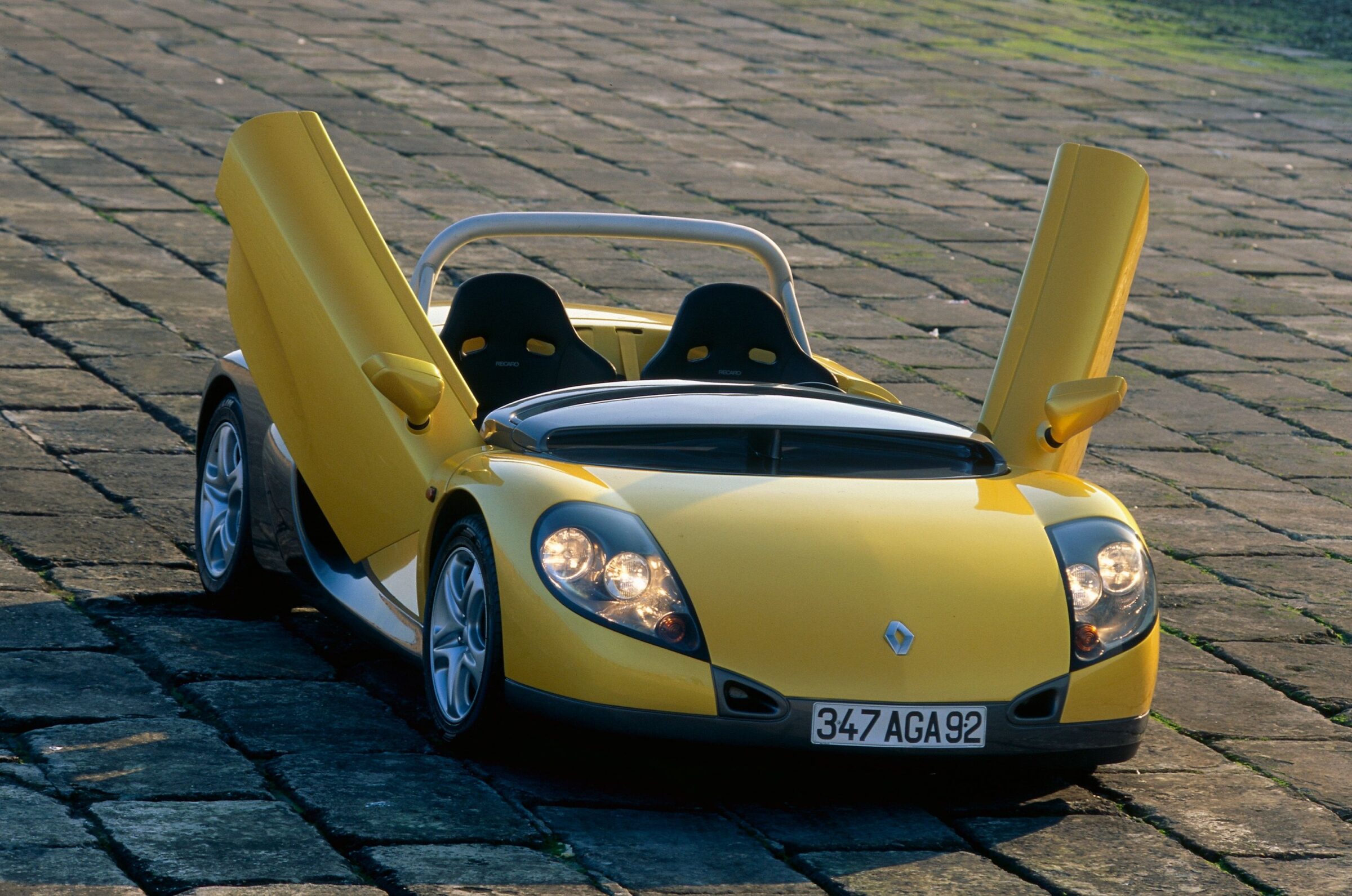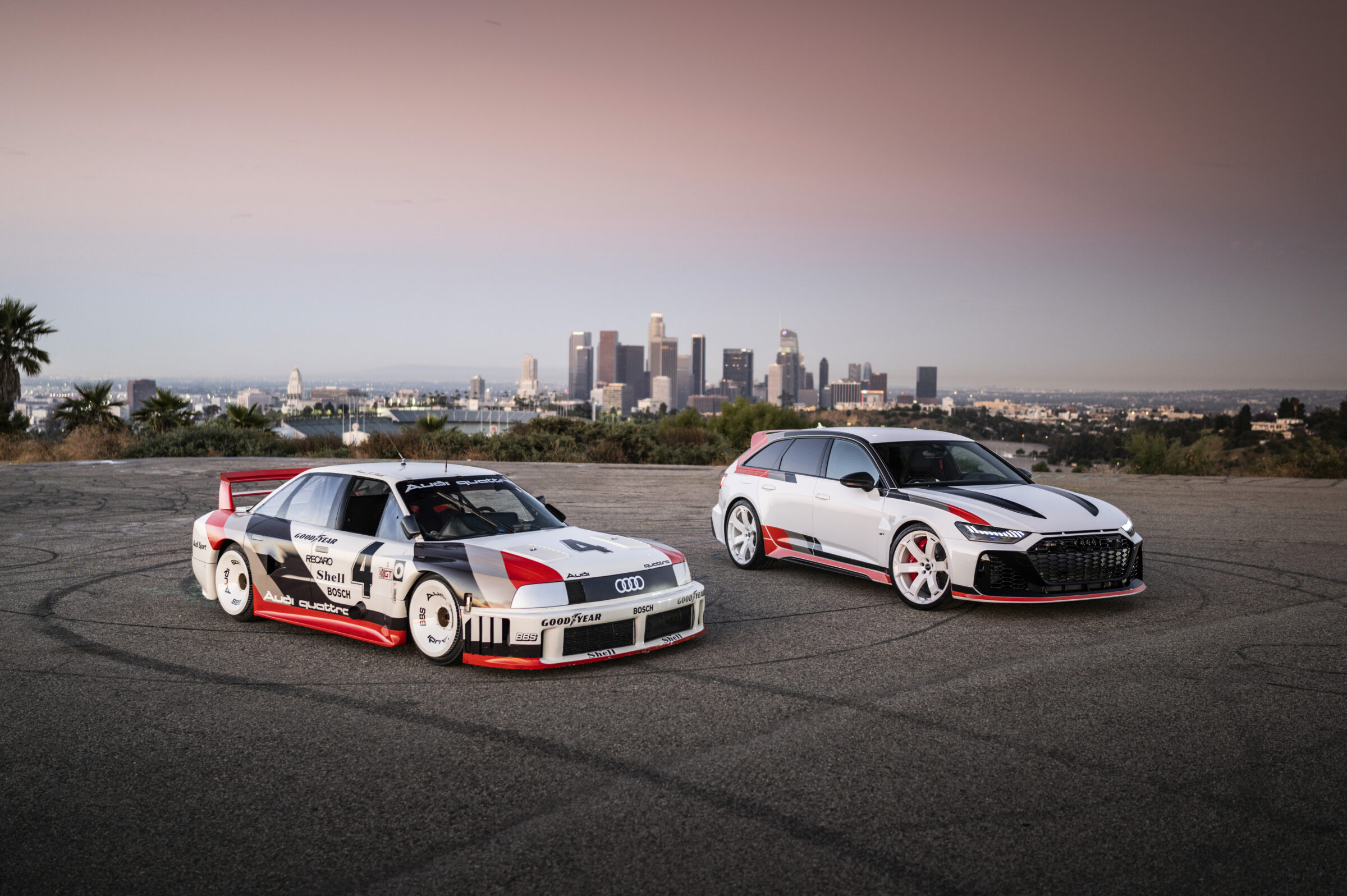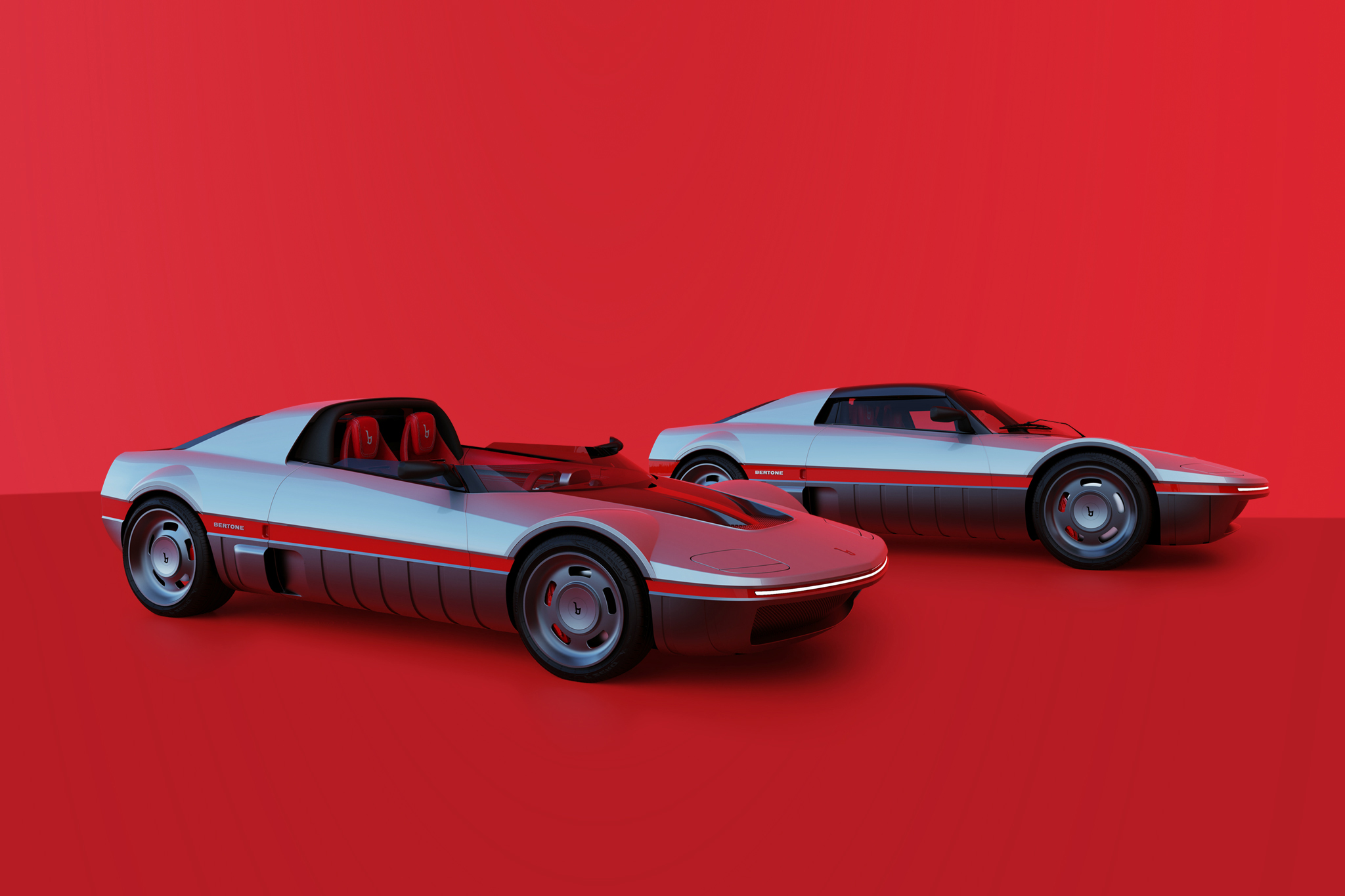Škoda Octavia WRC
After Škoda had achieved its first major successes in international rallying with the Favorit and Felicia models, the desire for something bigger grew among the Czechs. This applied both to the dimensions of the vehicle and to the category in which it was to be entered. As part of the Volkswagen Group, the company was able to draw on its wide-ranging stock of platforms and engines. This led to the introduction of the new Octavia as a mid-range sedan in 1996. On this basis, a new rally vehicle for the kit car class was first developed, which replaced the Felicia from 1997. At the same time, Škoda was already working on a verhicle in line with WRC regulations, i.e. with all-wheel drive and a two-liter, four-cylinder turbo engine. This category existed from 1997 as a successor to the previous Group A. Manufacturers who didn’t have a corresponding production car with this drive concept in their portfolio were also allowed to compete here. Only the base car had to come from series production.
500 to 600 Nm of torque
In addition to the engine capacity, number of cylinders and all-wheel drive, the WRC regulations also specified a minimum weight. This was 1,230 kilograms, which Škoda Motorsport achieved exactly. The motorsport authority FIA attempted to limit the engine output of all participating brands to 300 hp by means of air restrictors. However, through targeted tuning work, the technicians achieved a minimum torque of initially 500, and later even up to 600 Nm. This power was transmitted to the wheels via a manual six-speed transmission. During the first test drives at the end of 1998, the car was able to accelerate from a standstill to 62 mph on tarmac in 3.9 seconds. Even on slippery surfaces, however, the sedan wasn’t much slower. The first starts in rallies were originally planned for 1998, but the debut was ultimately postponed until the 1999 Monte Carlo Rally.
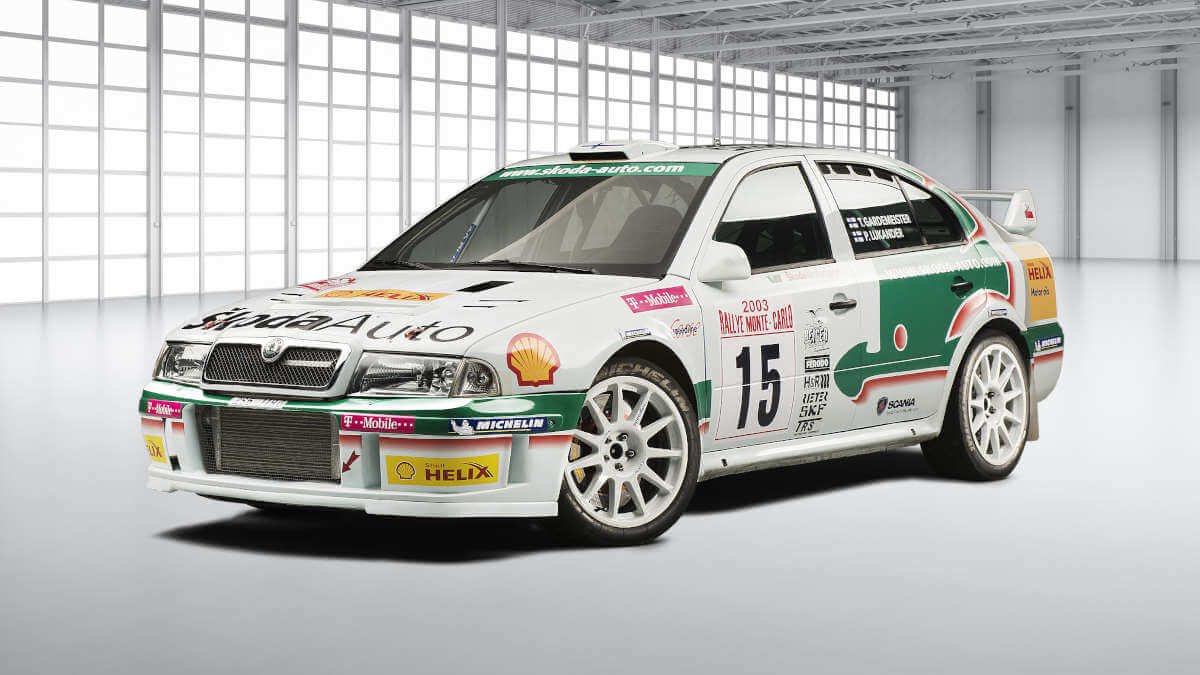

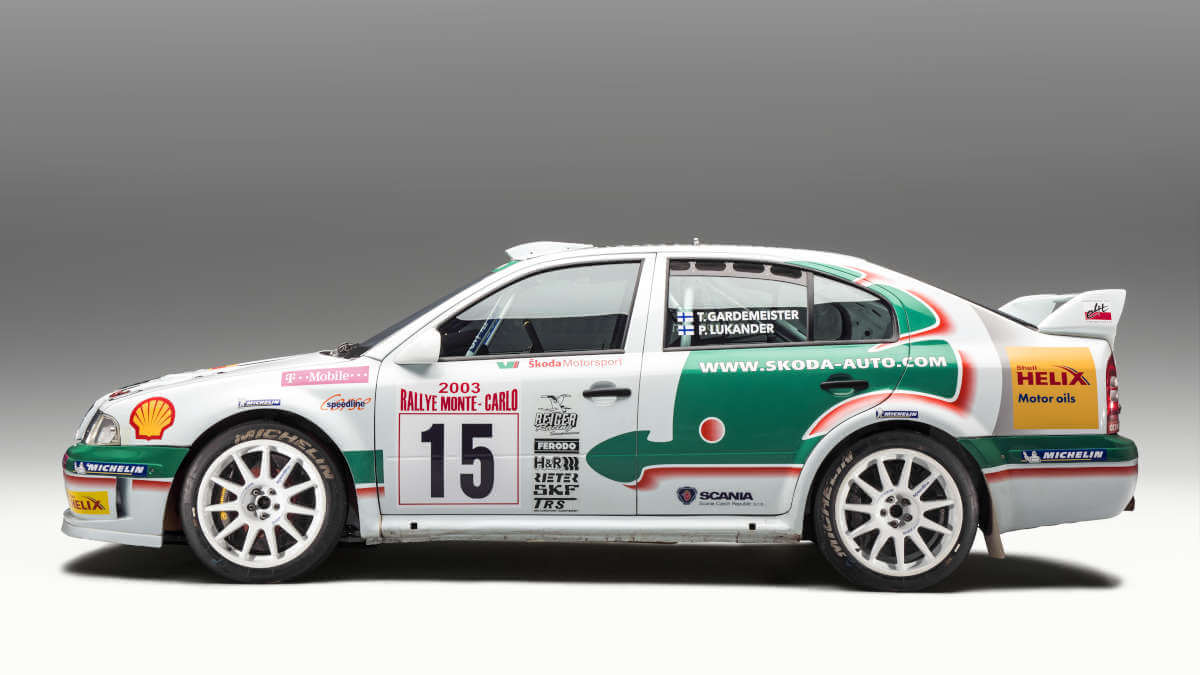

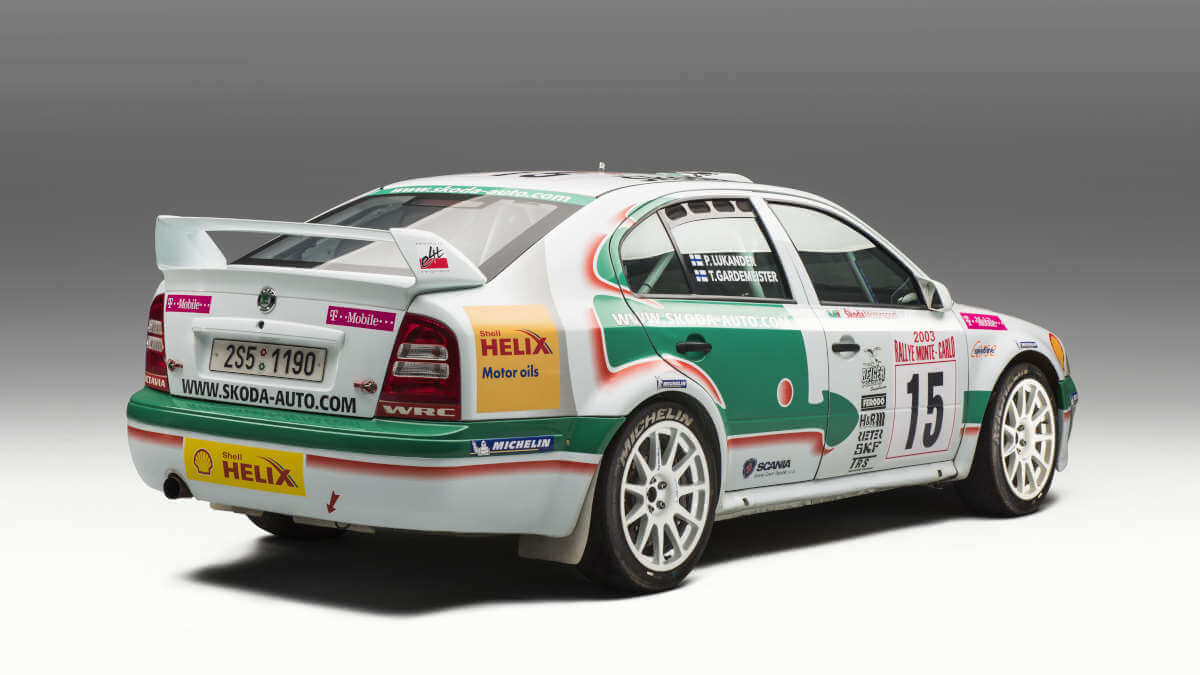









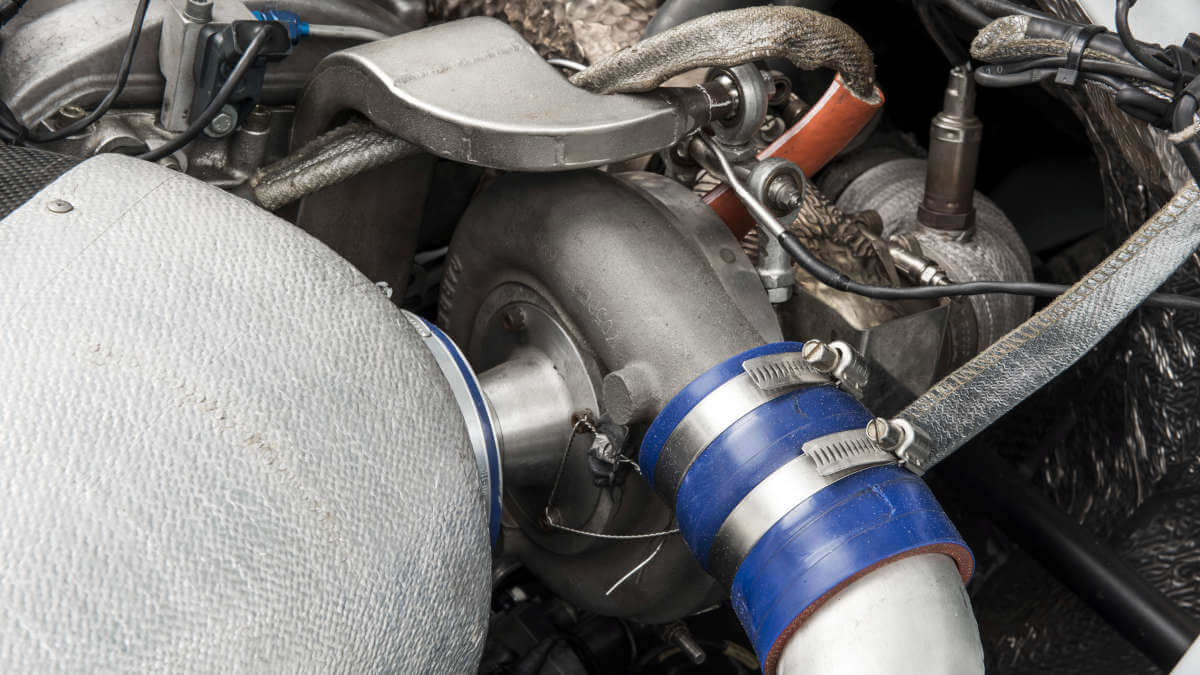

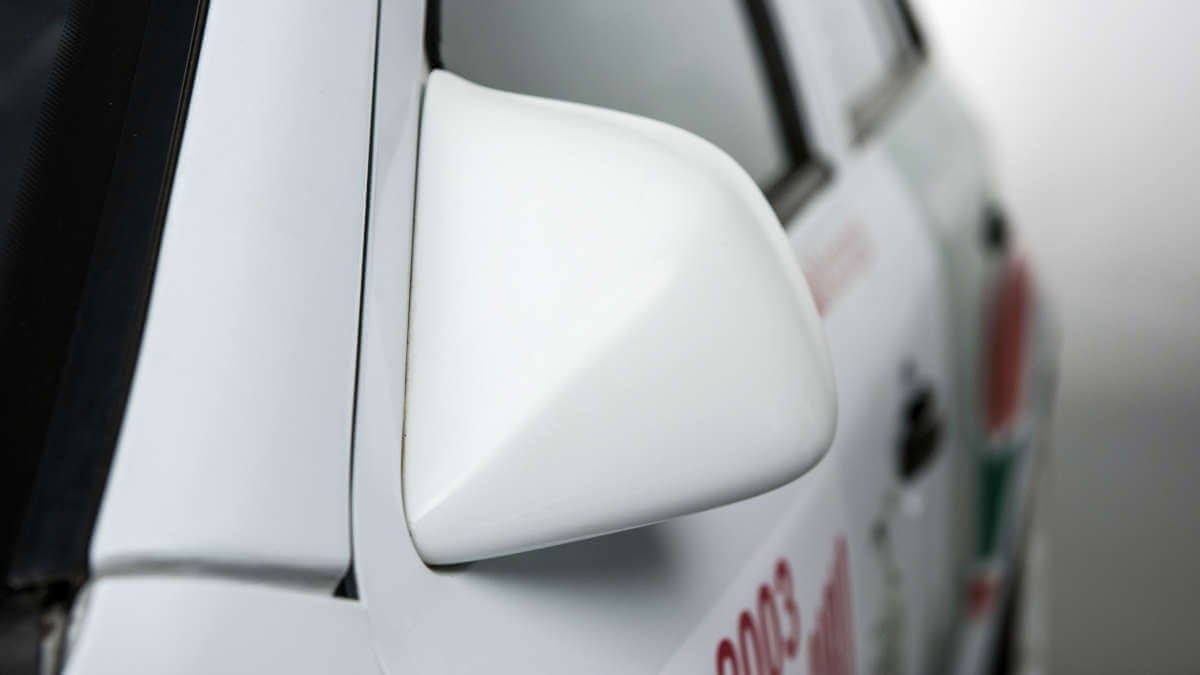



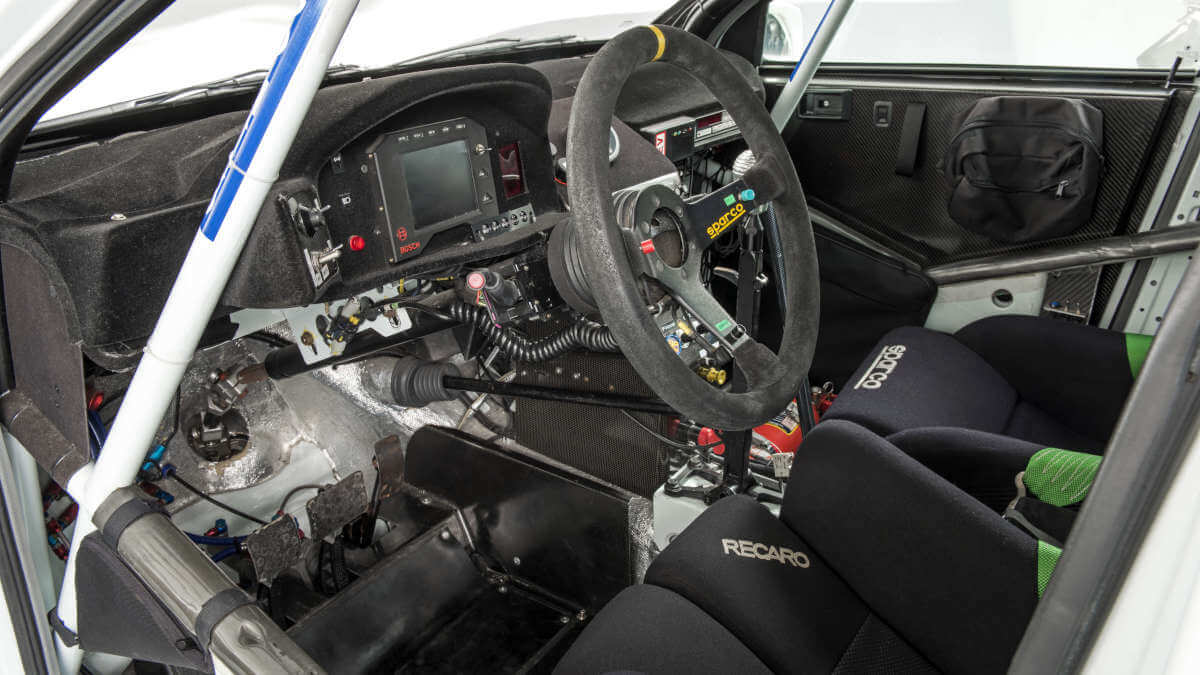

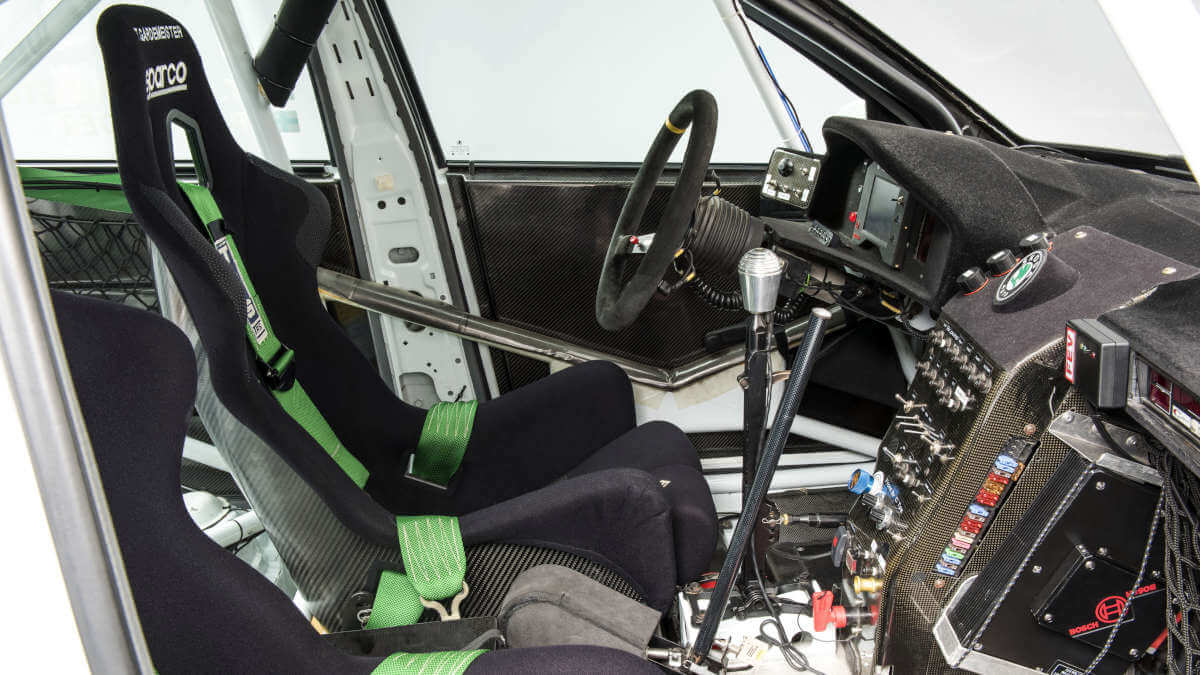

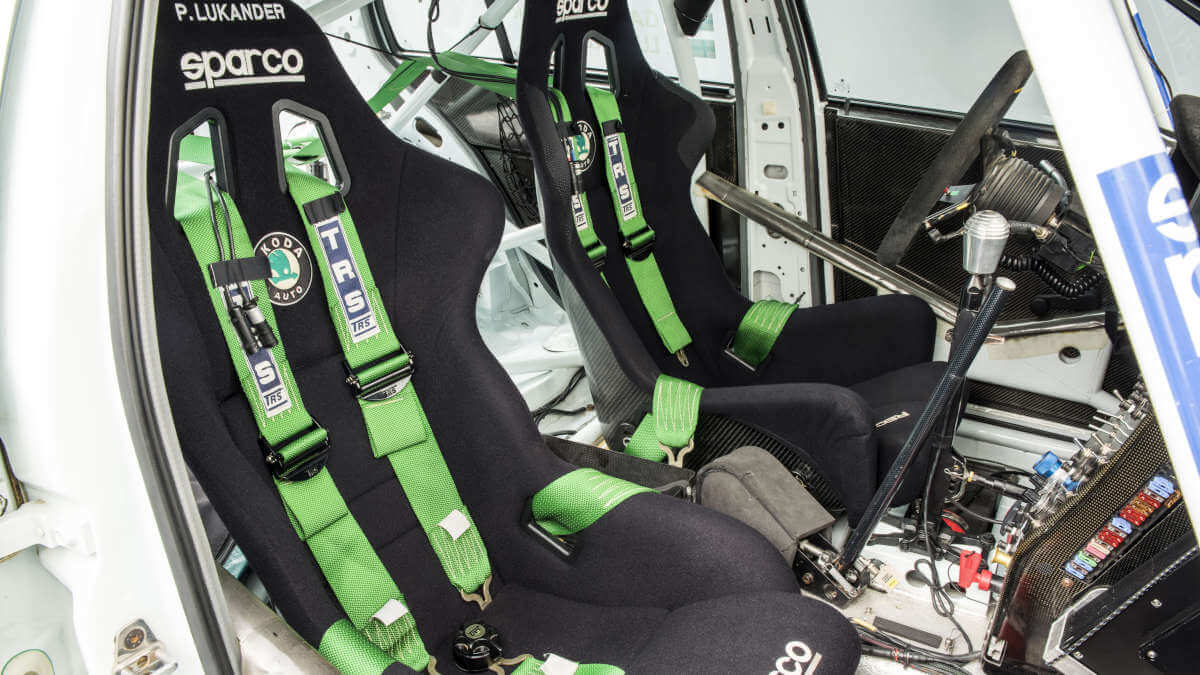

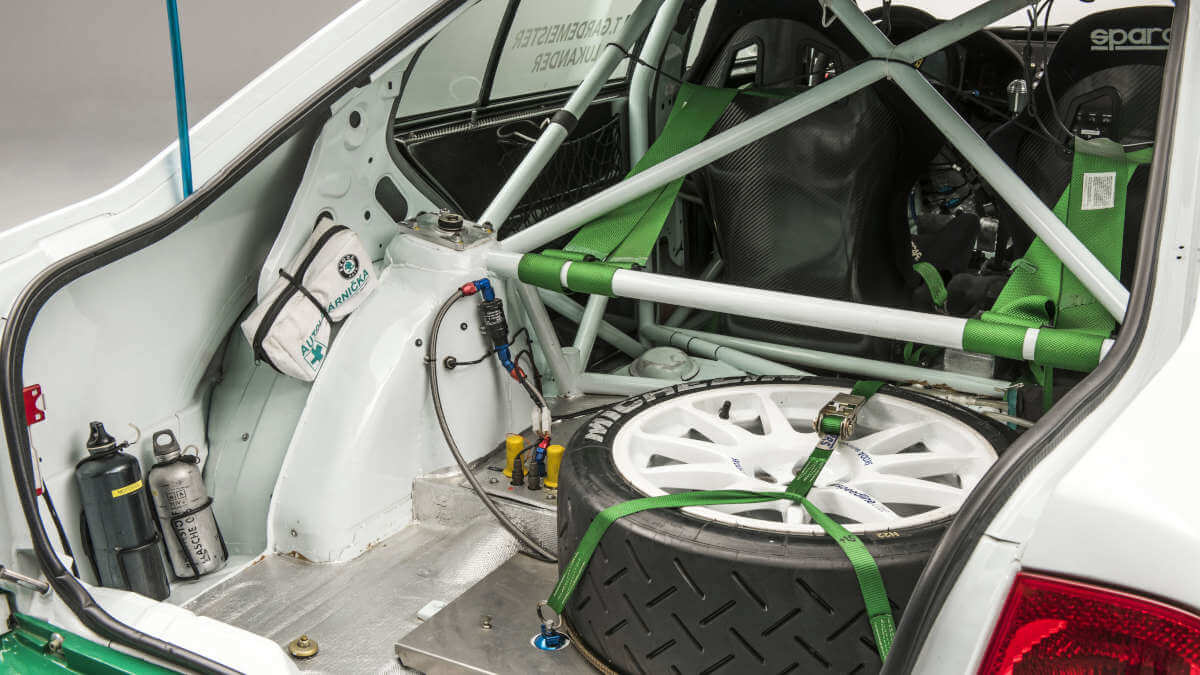

International rally stars at the wheel
Three works drivers sat behind the wheel of the new Octavia WRC in the first season. While Armin Schwarz completed the full season, Pavel Sibera and Emil Triner took turns depending on the surface of the respective rally. The 1999 season was primarily used to improve the vehicle set-up and to identify problems. Guest driver Bruno Thiry proved that the team was competitive at the finale, the RAC Rally in Great Britain. He just missed the podium and finished in fourth place. In the years that followed, Thiry was a regular driver, as were Schwarz, Sibera and Triner. They were joined by Luis Clement, Jan Kopecký, Toni Gardemeister, Didier Auriol, Stig Blomqvist, Roman Kresta, Gabriel Pozzo, Kenneth Eriksson and Matthias Kahle.
Three titles for chassis number 10
In addition to international WRC events, the latter also drove an Octavia WRC in the German Rally Championship. There Matthias Kahle became the most successful driver of this model. In 2002 and 2004 he won the German championship and also took numerous victories in national rallies. In 2001, Roman Kresta had already won the Czech championship with the same chassis (number 10). Internationally, the Octavia WRC never managed to win a full rally, but it did win a number of special stages. Armin Schwarz drove his car to a highly regarded third place in the 2001 Safari Rally in Kenya. This paved the way for further rally cars from Mladá Boleslav. In 2005, a much more compact successor model appeared in the form of the Fabia WRC.
Images: Škoda


